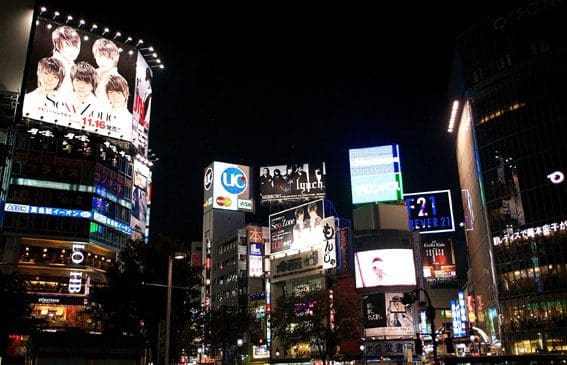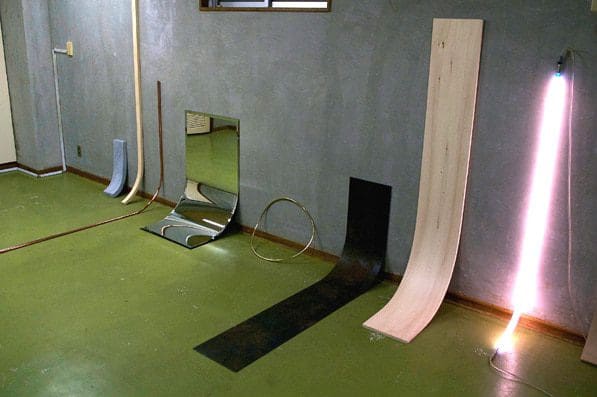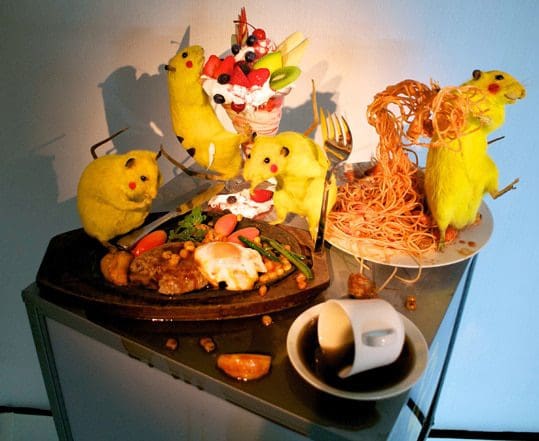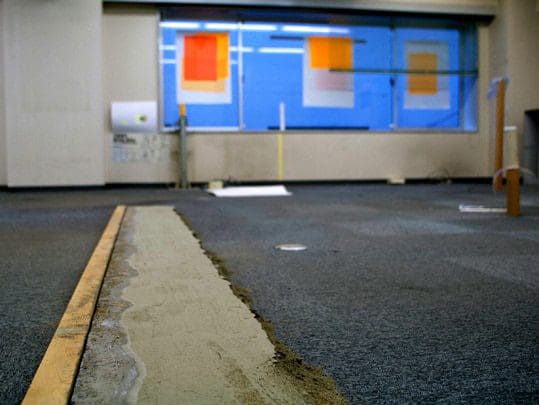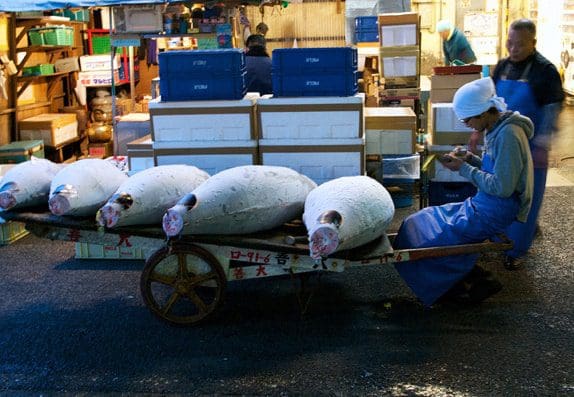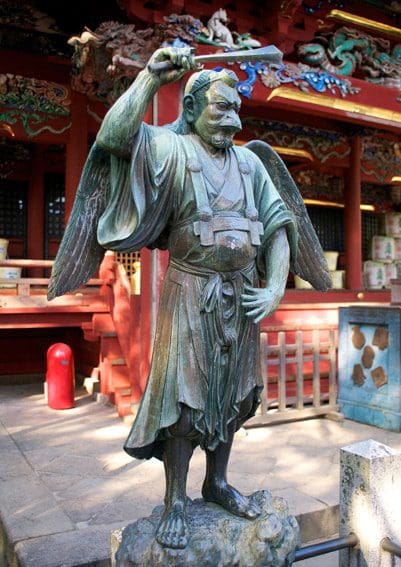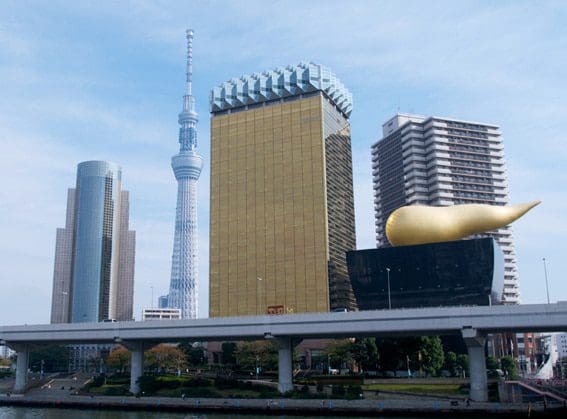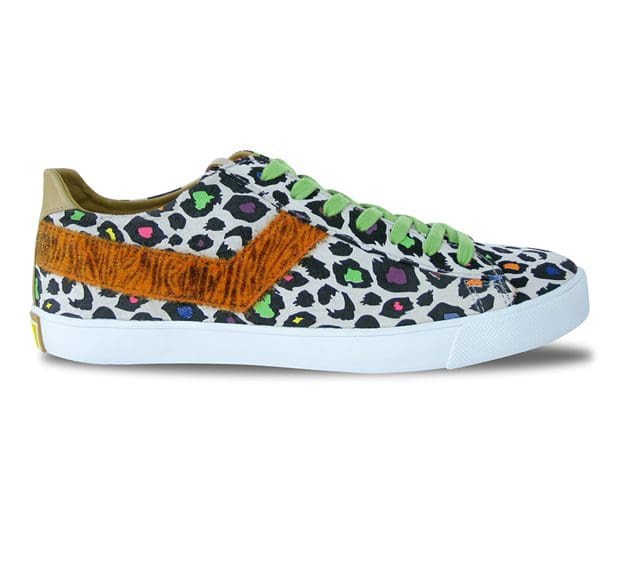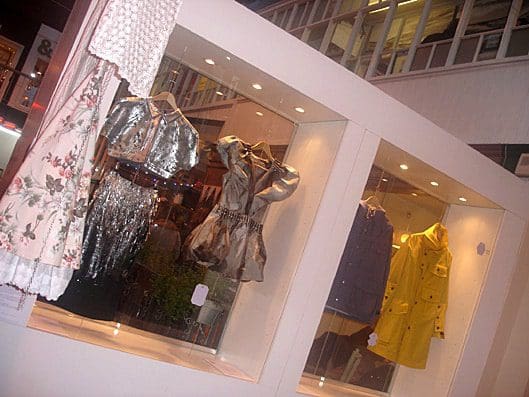Villa Tokyo Arts Festival – Polish meditations in the land of the rising sun – November 11-18 2011
It’s eight months after the devastating earthquake and tsunami that ravaged Japan in March. And now the Villa Tokyo arts event, an innovative hybrid lying somewhere between art fair and festival, brings the tonic of contemporary European culture to the world’s greatest metropolis thanks to the Warsaw Raster Gallery.
The week-long event, organized by the Warsaw Raster gallery and funded by the Polish government, came one year on from 2010’s Villa Reykjavik, a similarly conceived, month-long intervention, that also followed a display of great natural power; the eruption of the Eyjafjallajokul volcano. With tourism subsequently down in both Iceland and Japan as a result of the respective, unexpected tectonic activity, the Villa project has inadvertently now twice manifested itself as cultural disaster relief. Beyond showing solidarity with international colleagues, though, the project continues to follow the format begun in Warsaw in 2006, with a group of European galleries coming together in a foreign location to stage temporary exhibitions of their artists’ work. In Reykjavik, the visual art offerings were bolstered by an extensive live music programme that combined to produce an intimate, boutique festival style vibe. With a smaller budget and greater logistical headaches, Villa Tokyo was in contrast a more minimal undertaking, the light imprint of its arrival hidden within the folds of a future city supposedly home to more people than Australia and New Zealand combined.
Clumped in the nook of Tokyo Bay, Japan’s capital traditionally sits at the top of lists ranking the world’s largest cities, its core population of thirteen million swelling to over 35 million in the greater metropolitan area. A dense, vertically orientated creation, central Tokyo flickers at night like some vast constellation as the red lights of aviation warnings flash across gleaming towers. As humanity progresses into its increasingly urbanized, seven billion and rising future, this is a city held up as a marker for what the wider world will one day become. Viewed up close, though, Tokyo is not really a window into a collective future. Far from an international amalgamation, it is as idiosyncratically Japanese and traditional as it is a place of science-fiction environments. Drifting through the city, you can quickly pass from the stacked neon of effervescent advertising hoardings to the contemplative quiet of a tree lined shrine; concrete and steel replaced by birdsong and wood while your mind still reels with the visual information overload of Japanese graphic design.
A temporary presence in this great, eastern Metropolis, Villa Tokyo occupied a patchwork of threadbare office spaces in low-rise buildings that will likely soon be torn down for re-development. It’s not surprising then that a feeling of transience, of something caught between becoming and ceasing to be, clung to the art on show. In all, ten European galleries and nine Japanese partners took part. Notable amongst the local participation was Tomio Koyama Gallery’s presentation of veteran Japanese artist Kishio Suga, whose photography, sculpture and interventions in nature bear parallel with the work of Richard Long. Making good use of the available space, work by Suga included here ranged from delicate works on paper, through recent minimalist sculpture to a retrospective slideshow of outdoor intervention art dating back to 1968. Elsewhere, keeping with a focus on temporal creations, video work was a notable presence across many exhibitions. Event organizers, Raster, used a suitably cocoon-like cellar to project Aneta Grzeszykowska’s high-definition ‘Bolimorfia’ (2008/2010) – a self-performed, naked ballet set to Krzysztof Penderecki’s eery masterpiece, Polymorphia – while Romania’s Plan B gallery showcased a selection of films by Ciprian Muresan, one of Europe’s best young contemporary artists.
The free-wheeling form of Villa Tokyo is emblematic of the kind of left field cultural events the Polish government is increasingly promoting as part of its ‘soft power’ diplomacy. The country’s growing cultural confidence is notable amidst the wider forum of Europe’s economic malaise where one, admittedly utopian, line of argument suggests that the continent’s future growth should be conjured around an artistic renaissance. Culture, they say, is what Europe does best. Innovative and unconventional, with a good dose of cross-cultural interaction, the Villa project takes these ideals and runs, journeying with a taste for light adventure. Even more so than its Icelandic forebear, many in Europe would marvel at the luxury of Villa Tokyo as economies everywhere hyperventilate. While the message of austerity might be that you must work for your supper, though, aesthetes can argue that it is by having the luxury to self-indulge that culture is born.
Set against Japan’s complex of social mores, self-indulgence in Tokyo is a ritualized affair evoked by the slow appreciation of finely sliced raw shasimi, the porcelain features of the geisha, or the more tawdry thrills of anime-inspired theme bars. The steady stream of locals who passed through Villa Tokyo will have their own opinions on whether or not its content left a sweet taste, but Western-Japanese encounters inevitably bear comparison to Sofia Coppola’s Lost in Translation. A fitting end to the week, then, came with Polish artist Wojciech Bakowski’s closing performance. Looming at the end of a tightly packed room, the bald-headed protagonist smashed a tape recorder onto a wooden board, capturing the crashing sound with a host of other recorders. Bakowski then re-played and re-recorded the recordings in sequence, eventually building to an anti-music, recurring crescendo. And in the end at the Villa Tokyo Arts Festival there was only noise.
words Richard Unwin


